Common Name(s): Western sheoak, common sheoak
Scientific Name: Allocasuarina fraseriana (formerly Casuarina fraseriana)
Distribution: Western Australia
Tree Size: 30-50 ft (10-15 m) tall,
2-3 ft (.6-1 m) trunk diameter
Average Dried Weight: 45.3 lbs/ft3 (730 kg/m3)
Specific Gravity (Basic, 12% MC): .62, .73
Janka Hardness: 1,900 lbf (8,450 N)
Modulus of Rupture: 14,210 lbf/in2 (98.0 MPa)
Elastic Modulus: 1,357,000 lbf/in2 (9.36 GPa)
Crushing Strength: 5,950 lbf/in2 (41.0 MPa)
Shrinkage: Radial: 2.4%, Tangential: 7.9%,
Volumetric: 10.7%, T/R Ratio: 3.3
Color/Appearance: Heartwood is pink to reddish brown. Somewhat well defined sapwood is a light yellowish brown. Very large rays produce a lace-like pattern on flatsawn surfaces (becoming even larger on quartersawn surfaces—see comments below), although ray fleck coloring is not as dark or highly contrasted as other species within the Allocasuarina and Casuarina genera.
Grain/Texture: Grain is straight, with a uniform medium to fine texture and moderate natural luster.
Rot Resistance: Rated as durable; resistant to borers.
Workability: On account of its straight grain and moderate density, western sheoak is generally easier to work than denser Casuarinaceae species. Turns, glues, and finishes well.
Odor: No characteristic odor.
Allergies/Toxicity: Besides the standard health risks associated with any type of wood dust, no further health reactions have been associated with western sheoak. See the articles Wood Allergies and Toxicity and Wood Dust Safety for more information.
Pricing/Availability: Generally unavailable outside of its natural range within Australia, supplies are limited to hobbyist and specialty applications domestically.
Sustainability: This wood species is not listed in the CITES Appendices, and is reported by the IUCN as being a species of least concern.
Common Uses: Flooring, furniture, turned objects and other small, specialty wood items.
Comments: The rays in Allocasuarina and Casuarina species are so large, ray fleck is considered to be best displayed on flatsawn surfaces (most lacewood-type woods only achieve a respectable ray fleck when quartersawn). When sheoaks are quartsawn, the ray fleck can become too large and irregularly patterned for smaller pieces.
Not closely related to true oaks (Quercus genus), the etymology of the common name sheoak is ambiguous. Both oaks and sheoaks share a similar ray-flecked appearance on quartersawn surfaces.
Images: Drag the slider up/down to toggle between raw and finished wood. A special thanks to Steve Earis for providing the wood sample and turned photo of this wood species.
Identification: See the article on Hardwood Anatomy for definitions of endgrain features.
Porosity: diffuse porous
Arrangement: exclusively solitary
Vessels: medium to large, few; reddish brown deposits occasionally present
Parenchyma: diffuse-in-aggregates, banded
Rays: narrow and very wide aggregate rays; normal and very wide spacing (respectively)
Lookalikes/Substitutes: The wide rays serve to separate Allocasuarina from most other genera (except for the closely related Casuarina genus). See notes below. Additionally, having exclusively solitary pores (rather than a mixture of solitary and radial multiples) further serves to differentiate sheoaks from other hardwood species.
Notes: Western sheoak, along with most species contained in the Casuarinaceae family, feature aggregate rays that can be extremely wide—perhaps the widest of any hardwood family in the world. Even the larger rays of silky oaks and lacewood in the Proteaceae family pale in comparison to the aggregate rays found in Casuarinaceae.
Related Content:

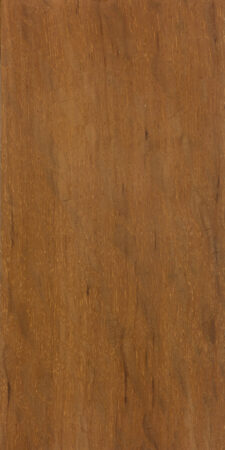
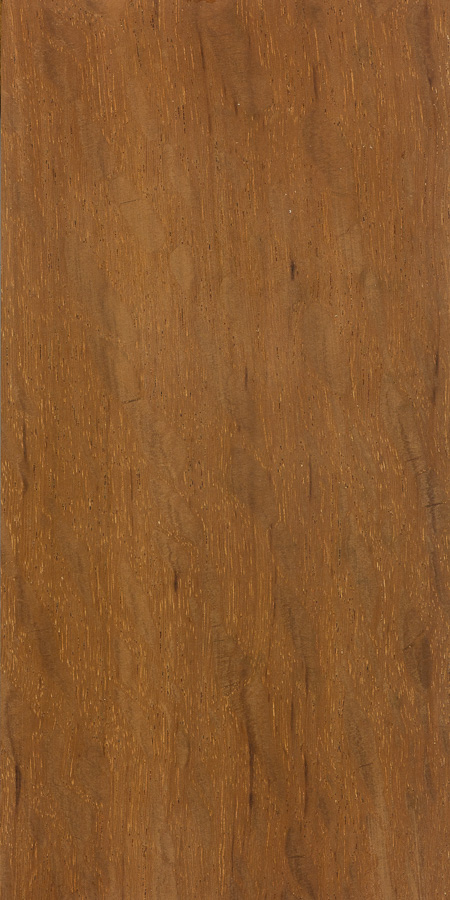
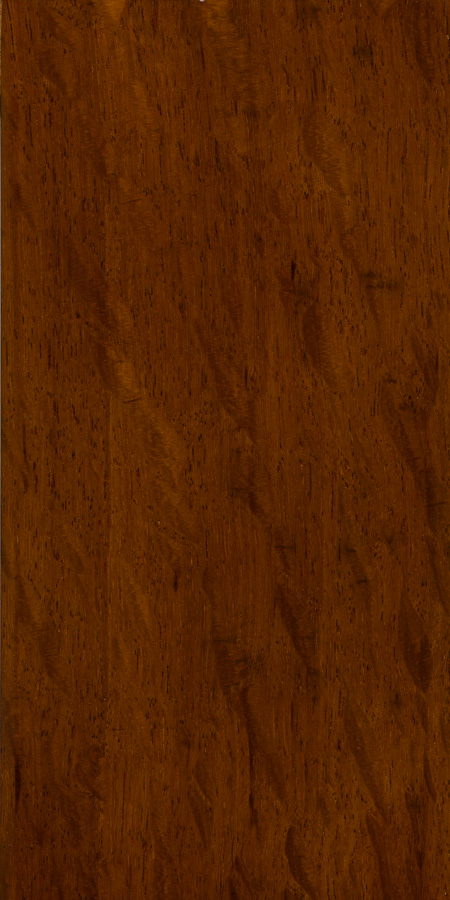
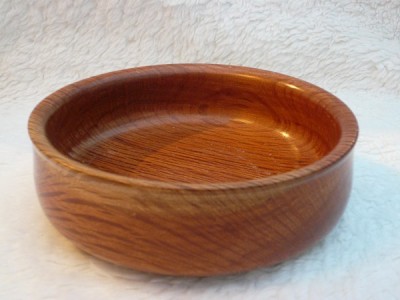
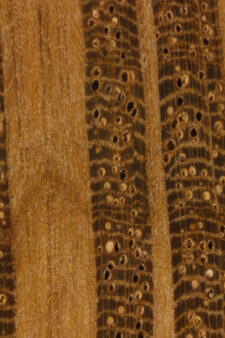

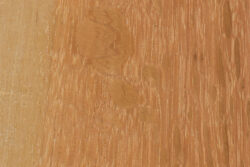
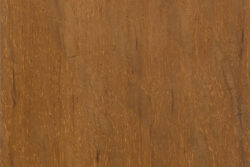
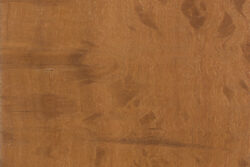
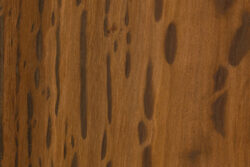
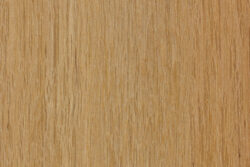
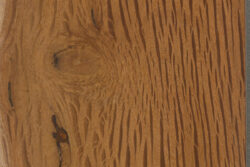
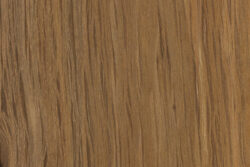






Hello I am from Mauritius Island, we are surrounded by casuarina equisetifolia. I was wondering if it can be used for flooring in tropical islands and if it is resistant to termites attack which is vey common on our isand.
Very stable, rot resistant and resistant to termites. Very beautiful grain. Probably very suitable for flooring in the tropics.
She Oak was commonly used as both a flooring Plank, and building frames in the old tropical style houses of the Northern Territory, Australia, not only because it was readily available, but also because it was termite and insect proof.
Many are still in place, surviving severe Cyclones and weathering, with some over 100 years old, with fine examples at Myilly Point Housing Heritage Trust, Darwin, NT.
Grew up with dozens of them around my family’s house in south Florida. Direct hit from hurricanes in 2005 took out most of them, shallow root structure pulls up completely and whole thing goes over. In 1979 Hurricane David toppled an entire interlocking group of about ten to fifteen trees on the riverfront onto the corner of our house. Once we cut them back, we got friends and pushed the cluster back upright and they grew back, the only live ones that are left now. Plenty of intact dead trunks around though unrotted. Heading there for Xmas with my 121cc… Read more »
Have used this for musical instruments
Have had problems with it moving after Dowling and water based two Pac epoxy
Hence the name SHE OAK can give you grief
Although classified as a soft wood it is hard with soft sections
Will continue to use it as it has a good weight for electric guitars
Not sure if you are referring to the same wood species that’s on this page, but I’ve never seen sheoak classified as a softwood.
needle like leaves, typical conifer, therefore softwood
I can understand the confusion, and the leaves do look like needles, but it’s not a conifer, and not a softwood.
This yo-yo is made from Australian Sheoak. End-grain is facing the camera. Was readily available in the USA 15-20 years ago. Pretty rare these days. If you find some, buy it…a great turning wood.
Casuarina equisetifolia has a 3200 on Janka scale. Its tough on my tools. Very hard to even drill.
Would love to make a 2.1 x 0.8m workbench out of it.
Hast to be milled as its cut or you will destroy a lot of blades
Etymology is not ambiguous. It was called Sheoak due to the resemblance to oak with the similar medullary rays but was thought to be not as strong a timber, hence the ‘she’.
The Sheoak I have seen and used looks a bit different. The pattern is much clearer and darker, and slightly different.